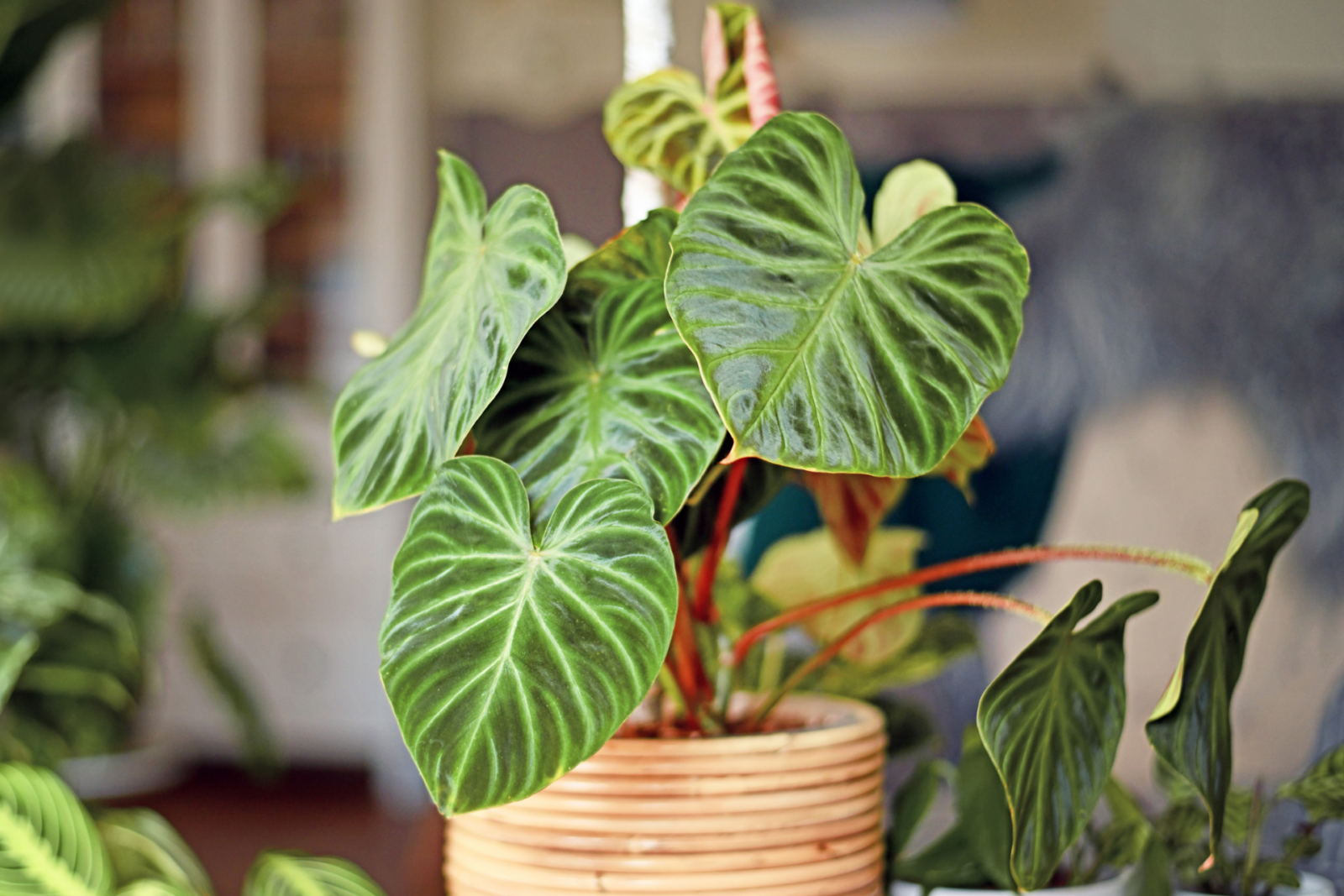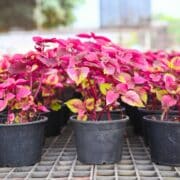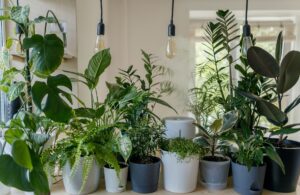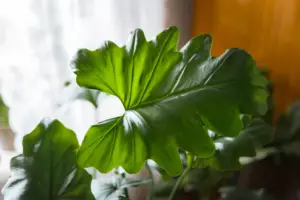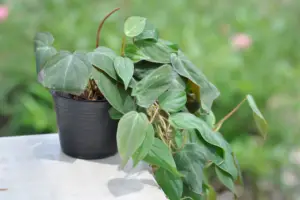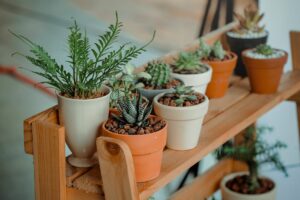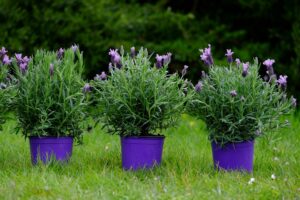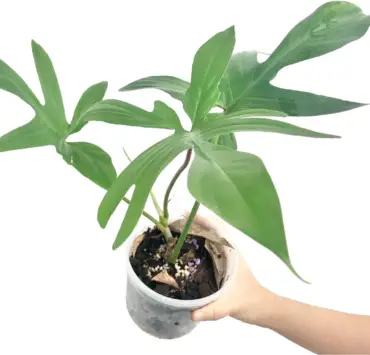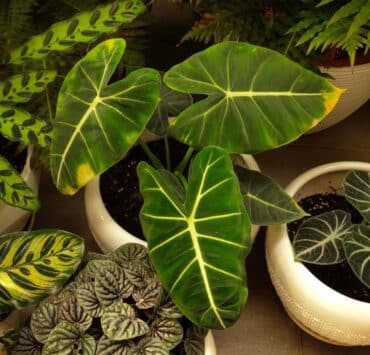Philodendron Verrucosum is a stunning tropical houseplant known for its large, velvety leaves with deep veins and a vibrant green color. This plant is native to South America and is a popular choice for indoor gardening enthusiasts due to its unique foliage and easy maintenance requirements.
How to Grow and Care for Philodendron Verrucosum to Ensure It Thrives
Light Requirements
Philodendron Verrucosum prefers bright, indirect light but can tolerate lower light conditions. Place the plant near a north or east-facing window where it will receive morning sunlight but not direct sun in the afternoon. Direct sunlight can scorch the leaves and cause damage to the plant.
Temperature and Humidity
Philodendron Verrucosum prefers warm and humid conditions. The ideal temperature range for this plant is between 65°F to 80°F (18°C to 26°C). The plant also requires high humidity levels to thrive. You can achieve this by placing a humidifier near the plant or by grouping it with other plants to increase humidity levels. Another option is to mist the leaves of the plant regularly with water to simulate a humid environment.
Soil and Watering
Philodendron Verrucosum prefers well-draining soil that retains moisture. Use a potting mix that contains peat moss, perlite, and vermiculite. Water the plant when the top inch of soil feels dry to the touch. Avoid overwatering as this can lead to root rot and other issues. Make sure that the pot has drainage holes to allow excess water to drain out.
Fertilizer
Philodendron Verrucosum benefits from regular feeding during the growing season, which is spring and summer. Use a balanced fertilizer with equal amounts of nitrogen, phosphorus, and potassium. You can also use a slow-release fertilizer that will feed the plant for up to three months.
Propagation
Philodendron Verrucosum can be propagated through stem cuttings. Cut a stem from the parent plant, making sure that it has a few leaves attached. Dip the cut end in rooting hormone and plant it in a potting mix. Keep the soil moist and place the pot in a warm, bright location. Within a few weeks, you should see new growth.
Pests and Diseases
Philodendron Verrucosum is generally a hardy plant that is not prone to many pests or diseases. However, it can attract spider mites, mealybugs, and scale insects. Inspect the plant regularly for any signs of pests, such as webbing or white powdery residue on the leaves. If you notice any pests, treat the plant with an insecticidal soap or neem oil.
In conclusion, Philodendron Verrucosum is a beautiful and easy-to-care-for plant that can add a touch of tropical elegance to any home. By following these tips on how to grow and care for this plant, you can enjoy its stunning foliage for many years to come.
Most Asked Questions About Philodendron Verrucosum
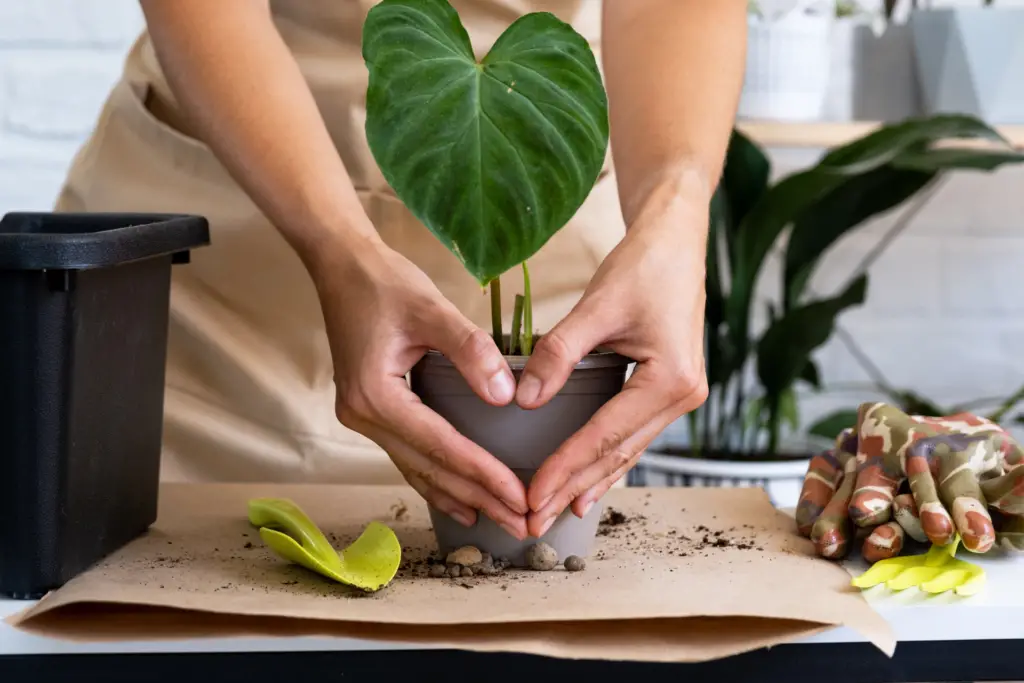
-
Is Philodendron verrucosum rare?
Philodendron verrucosum is considered a rare plant in the houseplant market due to its popularity and limited availability in some regions.
-
Is Philodendron verrucosum easy to care for?
Philodendron verrucosum is generally easy to care for and maintain as long as its basic requirements such as the right amount of light, humidity, and watering are met.
-
Is Philodendron verrucosum easy to grow?
Philodendron verrucosum can be easy to grow if its basic requirements are met, such as the right soil mix, watering, light, and humidity levels.
-
Is Philodendron verrucosum hard?
Philodendron verrucosum is not considered a particularly hard plant to care for, but like all plants, it does require proper attention and care to thrive.
-
Can Philodendron verrucosum take full sun?
No, Philodendron verrucosum prefers bright, indirect light and should be protected from direct sunlight, which can scorch its leaves.
-
Is Philodendron verrucosum a climber or crawler?
Philodendron verrucosum is a climber and can grow up to several feet if given a support structure to climb on.
-
How much light does verrucosum need?
Philodendron verrucosum prefers bright, indirect light and can tolerate lower light conditions.
-
How often do you water verrucosum?
Water Philodendron verrucosum when the top inch of soil feels dry to the touch. Avoid overwatering as it can lead to root rot and other issues.
-
Why is my verrucosum turning yellow?
Yellowing of leaves in Philodendron verrucosum can be caused by overwatering, underwatering, or a lack of nutrients. Check the plant’s watering and feeding schedule and make adjustments as needed.
-
What is the difference between Gloriosum and verrucosum?
The main difference between Philodendron Gloriosum and verrucosum is their foliage. Gloriosum has heart-shaped leaves with prominent white veins, while verrucosum has velvety leaves with deep veins and a vibrant green color. Gloriosum also tends to be a more compact plant, while verrucosum can grow taller and more vine-like.
